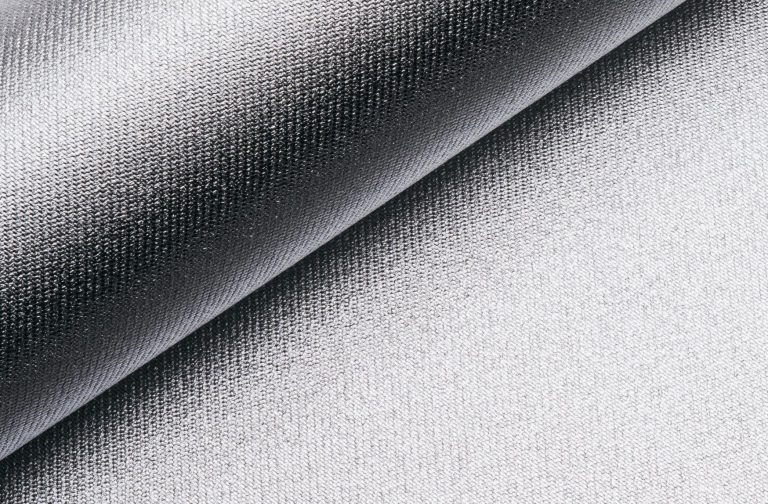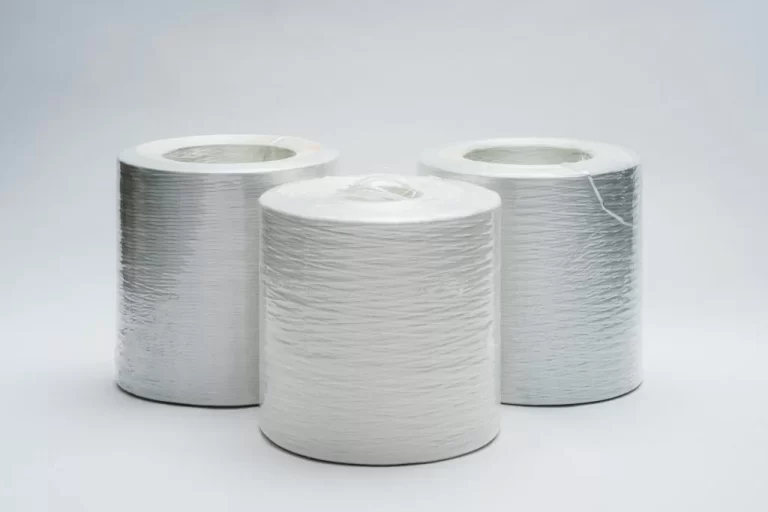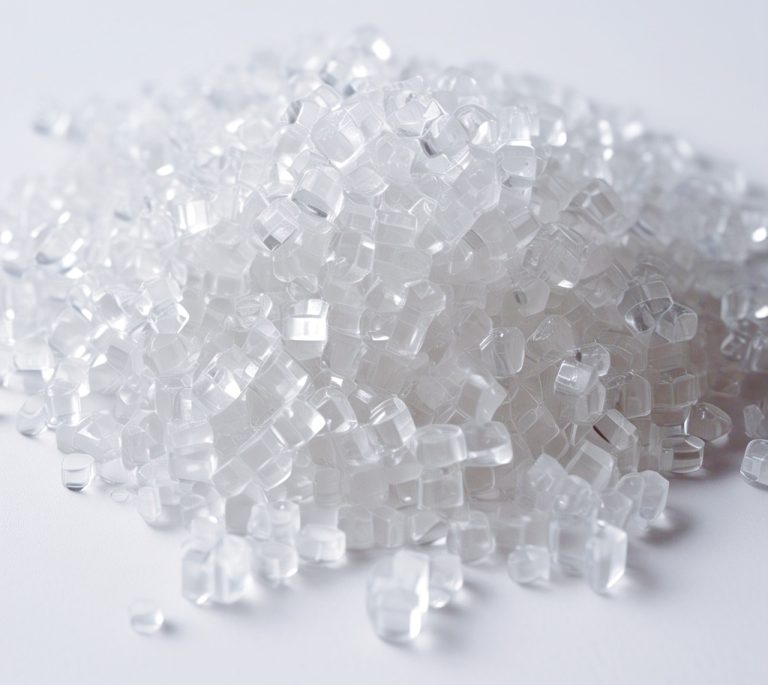What is Fuse?
A fuse was invented by Edison more than 100 years ago. It is a component that protects electric circuit by melting itself to cut off the electric current flow when excessive current runs. There is a thermal type of fuse that operates according to temperature. Here, however, we describe the electric current type of fuse.
Fuse structure
| Fuse Holder | A metal fitting holding the fuse link. It consists of a fuse base, clips and terminals |
| Fuse Link | A part containing a fuse element. This is the so-called cartridge part |
| Fuse Element | The fusible part (the part that melts due to over-current). By selecting the material and shape of this part, various characteristics can be handled |
All of these structures are called as a “fuse”. Fuse refers to such system itself. Depending on characteristics, it may contain an arc-extinguishing material around the fuse element. In addition, it is generally called “blown fuse” referring to “melting the fuse element”.
Its role and system
Fuses is used to prevent circuit from its breakdown due to over electric current caused by abnormal circuit conditions (e.g. short circuit or overload). Therefore, the fuse element uses a metal with a low melting point. Joule heat is generated by the electric current flowing through the metal. However, if an electric current exceeding its capacity, the temperature of the metal rises and melts, which breaks the electric circuit flow.
A fuse element is an alloy with lead, tin, bismuth, cadmium, silver, copper, etc. Its melting point is between 70 and 100℃ depending on the material composition. As aforementioned, fuse operates by detecting a temperature rise (abnormal temperature). The fusing characteristics change depending on the structure of the fuse element (calorific value, thermal time consistency).
Tube Material; Glass or Ceramic??
There are 2 type of tube material; glass tube and ceramic tube.
Glass tube fuses are the most common fuses. The tube is made of transparent glass, and the fuse element inside can be seen from the outside, allowing you to see the state of melting from the outside.
Ceramic tube fuses are characterized by higher breaking capacity than glass tube fuses. For both glass and ceramic tubes, there is also a type in which an arc-extinguishing material is enclosed in the tube to suppress the arc discharge that occurs when cutting. If you are looking for more information, or need quatation and sample? please contact to Maeda Enterprises Thailand from below.




